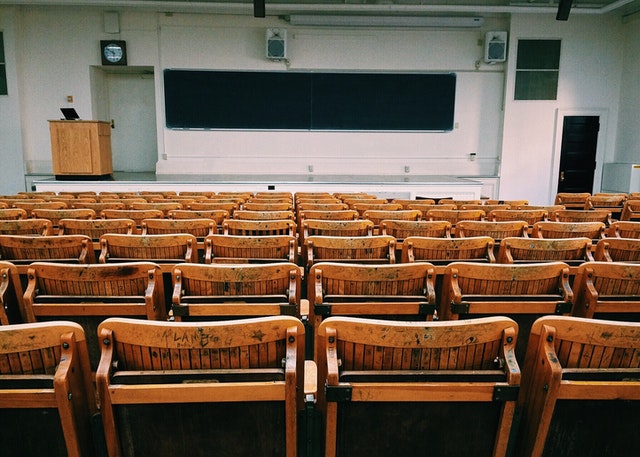During the first year of the COVID-19 pandemic, numerous measures were put in place in order to try to limit the spread of the virus and included: curfews, lockdowns, stay-at-home advisories, social distancing, and self-quarantining.
These changes had led to reshaping of the college experience, where schools pivoted to online modes of teaching and learning—where majority of classes were being delivered online via Zoom.
A long-term study is being conducted at Dartmouth College, looking to gain insight into students’ mental health and behaviour while living through their college experience during the pandemic. 1
The authors state that “readers should be cautious in their interpretations of the results” as the data was collected from a small group of undergraduates who all attend the same college.
The study makes use of a mobile sensing app, that the students agree to install and run on their phone for four years until they graduate college (including all breaks from the university).
The application takes note of numerous aspects of life including: phone usage, physical activity, sleep, and audio play.
Comparing the data from the year prior to the start of the pandemic to the first year of the pandemic, the researchers found that there were changes in these aspects for all students.
It was suggested that further studies are needed to validate their findings (similar studies at other universities), and that mobile sensing could help identify individuals that may need additional support during times of crisis (such as “suggestions for lifestyle modification and self-care focusing on aspects, such as, moderating phone usage, maintaining physical activity levels and sleep”). 1
While not a ‘conclusive’ study (due in part to the small size), it does showcase the need to have studies that survey not only the general population, but specific subsets within the population (adolescent/teenage, young adult, and so forth) in order to be able to better support communities during specific times, such as a pandemic.
Reference:
1) Nepal S, Wang W, Vojdanovski V, Huckins JF, daSilva A, Meyer M, and Campbell A. (2022) “COVID Student Study: A Year in the Life of College Students during the COVID-19 Pandemic Through the Lens of Mobile Phone Sensing” CHI ’22, April 29-May 5, 2022 New Orleans LA, USA https://doi.org/10.1145/3491102.3502043
Photo by Pixabay at Pexels
Other topics that may be of interest:
- Creativity and the pandemic – is there a connection?
- Is it safe for schools to be open during the COVID-19 pandemic?
- How protecting the environment can help protect us from future pandemics
- How should healthcare systems manage cancer surgery during COVID-19 pandemic?
- How is the COVID-19 pandemic affecting cancer clinical trials?



